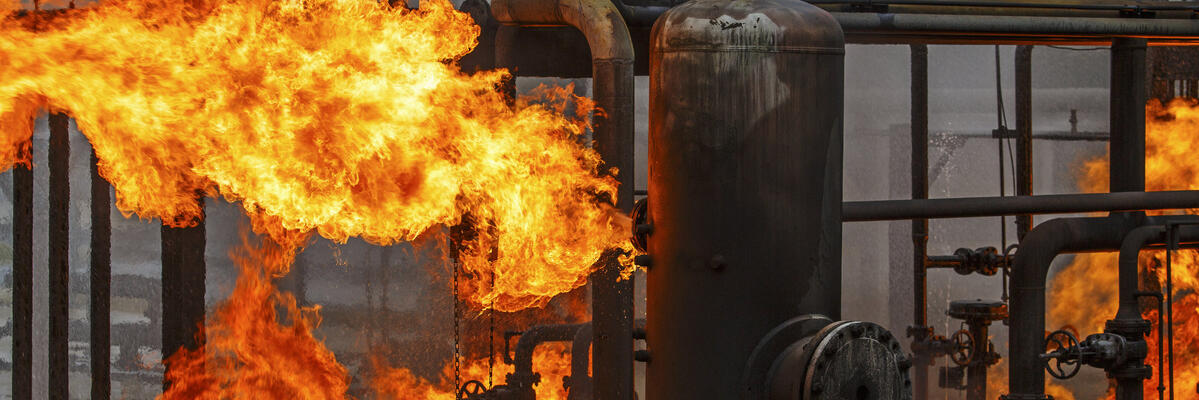Press contact: Deidre Nelms, dnelms@comingcleaninc.org, (802) 251-0203 ext. 711
Over 829 hazardous chemical incidents, including fires, explosions and harmful chemical releases, have occurred since the beginning of 2021, and over 270 incidents have occurred this year alone, according to data published today by the Coalition to Prevent Chemical Disasters. Data included in the coalition’s online Chemical Incident Tracker is sourced from news reports and is updated weekly.
Since the beginning of 2021, at least 179 hazardous chemical incidents have occurred at facilities that are regulated by the U.S. Environmental Protection Agency’s Risk Management Program (RMP), which is currently being updated. In a written comment submitted by the Coalition to Prevent Chemical Disasters in 2022, over 100 organizations urged the EPA to finalize stronger regulations for facilities covered by the RMP rule before the end of 2023.
“An improved final RMP rule is urgently needed to protect workers, communities and first responders by focusing on preventing chemical disasters through hazard reduction and elimination,” states the comment. “EPA must follow the science and apply new information and lessons learned to prevent disasters and save lives.”
Over 100 communities have been advised to shelter in place, and over 190 communities have been advised or required to evacuate due to a chemical incident since the beginning of 2021, according to data compiled by the coalition. At least 42 people lost their lives in the immediate aftermath of a chemical incident in this period, most of whom were employed at chemical plants or other facilities that use or store hazardous chemicals. At least 150 people were injured, hospitalized or experienced acute symptoms in a chemical incident since the beginning of 2021.
The Coalition to Prevent Chemical Disasters urges EPA’s final rule to include:
- Climate-related prevention and safety measures to protect communities and workers from the double threat of chemical disasters hurricanes, floods, and other “natech” incidents where there is a domino effect of natural and technological disasters;
- True disaster prevention requirements for all RMP facilities, that identify and implement readily available, safer processes or chemicals that eliminate or reduce catastrophic hazards;
- Common-sense emergency response and incident management measures, e.g., back-up power, alerts in multiple languages (including advance community notification), fenceline air monitoring, leak detection and repair, emergency response exercises, and other best practices of safety leaders;
- Strengthened enforceability, corrective action, and accountability, including necessary information access in multiple languages;
- Strengthened worker participation; and
- Expanded coverage of the RMP program to more facilities, processes and chemicals.

